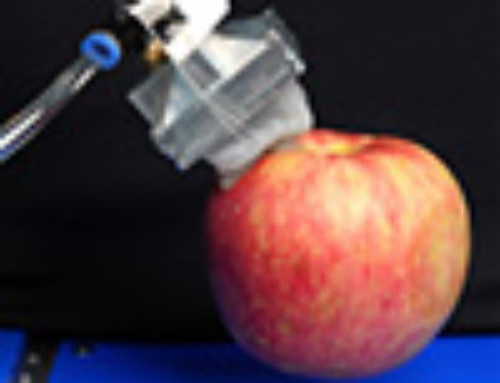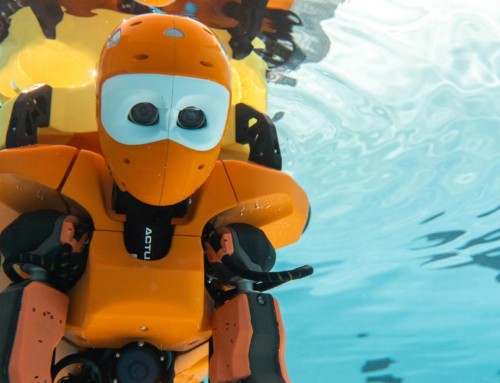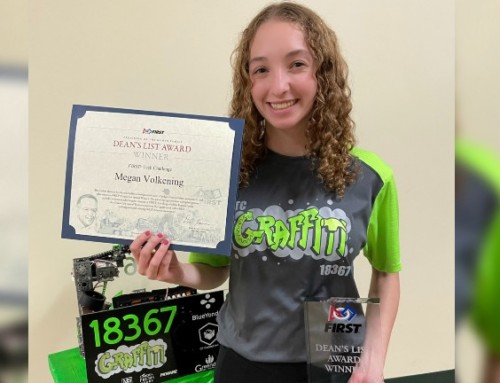[ad_1]
Researchers have created a tiny robotic hummingbird that flies in the same way as the real thing thanks to artificial intelligence.
Engineers at Purdue University in Indiana developed simulations of how hummingbirds fly and then used machine learning algorithms to “teach” the robot to use the same techniques.
This software, alongside a remarkably light design and flexible flapping wings, means the robot can even teach itself new tricks.
Although the current models of the robot can’t yet see, it is able to sense its environment by touching surfaces – something which alters an electrical current, which the researchers realised they could track.
“The robot can essentially create a map without seeing its surroundings,” said associate professor Xinyan Deng, who works on mechanical engineering at Purdue.
“This could be helpful in a situation when the robot might be searching for victims in a dark place – and it means one less sensor to add when we do give the robot the ability to see,” she added.
Their work is being presented at the IEEE international conference on robotics and automation in Montreal, Canada.
It addresses concerns about the limit on the smallest possible size for drones.
Due to the way conventional aerodynamics work, past a certain size drones just aren’t able to generate enough lift to support their weight.
Fortunately, hummingbirds don’t use conventional aerodynamics.
“The physics is simply different; the aerodynamics is inherently unsteady, with high angles of attack and high lift,” said Dr Deng.
“This makes it possible for smaller, flying animals to exist, and also possible for us to scale down flapping wing robots,” she added.
The bodies of the robots are 3D printed, and their wings are made of carbon fibre and laser-cut membranes.
The hummingbird robots weighs 12 grams, the same weight as an adult Rivoli’s hummingbird, and another the size of an insect, weighing only one gram.
The hummingbird robot is capable of lifting more than twice its own weight, up to 27 grams.
This additional lift power means the researchers can eventually add a battery and sensors to the robots, potentially including a camera or a GPS tracker.
The team believes the robotic hummingbirds could help with search-and-rescue missions by being able to enter into collapsed buildings.
Potentially they could also assist biologists studying real hummingbirds in their natural environment through the senses of a realistic robot.
[ad_2]
Source link








Leave A Comment
You must be logged in to post a comment.